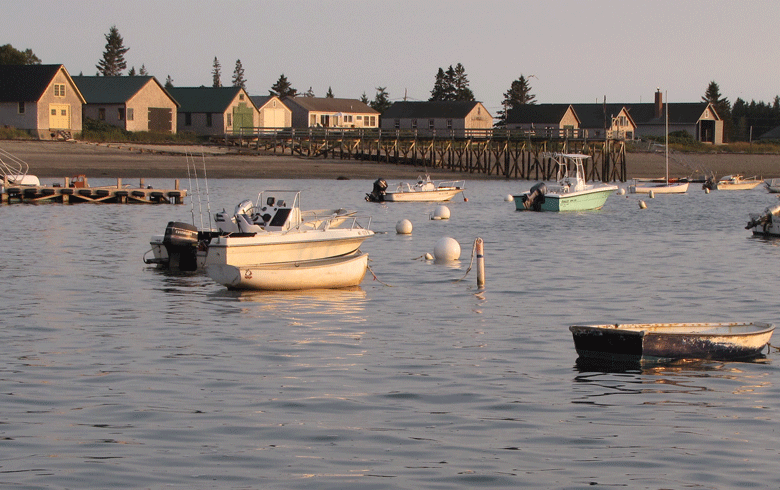Anyone who has lived, summered, or visited an island off the coast of Maine would agree that they are very special. They are incredibly beautiful, there is a strong sense of community, and they are physically separated from the chaos of crowds and cars on the mainland.
Though most people see living on an island as idyllic, there are challenges that come with this lifestyle and one of the biggest is finding affordable housing.
Islands have limited resources making it very difficult to have everyone’s needs met. Our islands have people from all economic backgrounds. In the winter, we have lobstermen, carpenters, teachers, postal workers, caretakers, people who work in the town office, and more. In the summer, the population triples from the wave of seasonal islanders and vacationers.
People have lots of different opinions about the change in seasons and what and who they bring. All I have to offer is my own perspective.
We need to start having some uncomfortable conversations as a community…
When I think about the island I live on, Little Cranberry (Islesford), and who lives here and how the different populations depend on each other, I can put it into a simple metaphor. The year-round people are the car, and the summer people are the gas. Without gas, a car can’t drive, and without a car there is no need for gas.
We all depend on each other to keep this island going. I am fearful of what the future of Maine islands looks like due to the lack of affordable housing. From the people in my own community, and stories I have heard from other islands, it is teetering on being impossible for year-round people to find permanent, affordable places to call home.
There has been a lot of dialogue about this issue from the young people on the Cranberrys who are trying to come up with creative solutions to this problem. We have a housing trust, but it has an income cap and many covenants that are based on the county’s income.
It is expensive to live on an island. You have to pay $18 just to leave and return to the Cranberrys. In order to keep up with the cost of living on the island, we year-round people have to work overtime, which in turn bumps us out of our county’s income cap.
Here we are, left in an in-between of not being able to qualify for help, while also not being able to afford any of the land or houses that come onto the market. Year-round people are not going to be able to contend with people seeking summer homes.
We need to start having some uncomfortable conversations as a community to figure out a solution that will help our islands and all who inhabit them. How can we fairly redistribute resources so that we can all continue to live together as a community? This could look like a lot of different things, maybe a person with a surplus of land could sell off an acre to a year-round resident to build on, or if a seasonal person is only coming for a few weeks a year, making their home available for rent to a year-round resident.
I don’t have a perfect solution, but I think this is an issue worth putting a lot of time and thought into. Unfortunately, if we don’t, I am afraid this island will only be occupied in the summer months.
We need each other. Community is the most important thing when it comes to island living. Let’s take care of our people so that we can all continue living on these islands together.
Emma Fernald is a multi-generational resident of Little Cranberry Island. She is a potter and sternman on her father’s lobster boat.





